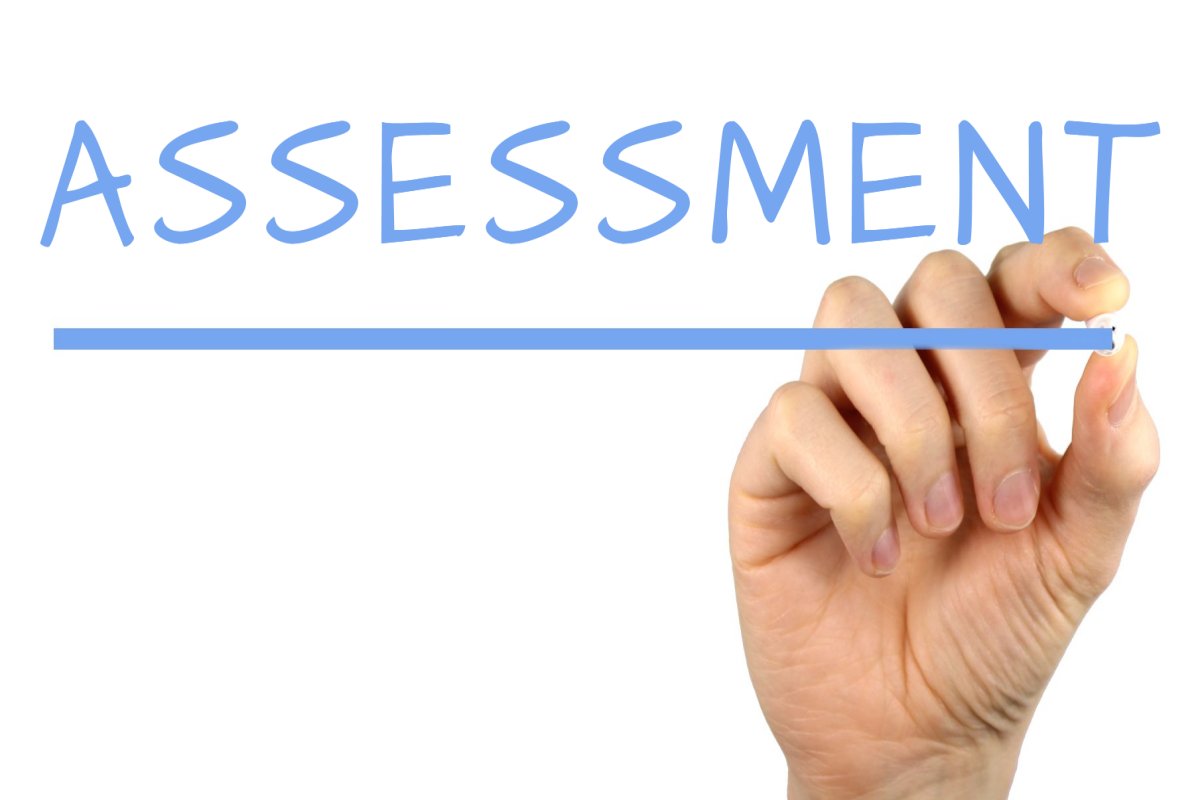 Assessment is an inextricable part of learning, and it can be something we do 'in the moment' ("hmmm, that was OK but I need to do X next time"), or it could be a high-stakes formal assessment designed and administered by an official organisation.
Assessment is an inextricable part of learning, and it can be something we do 'in the moment' ("hmmm, that was OK but I need to do X next time"), or it could be a high-stakes formal assessment designed and administered by an official organisation.However, there is a real art to all types of assessment. For instance, with the in the moment example, the key here would then to decide what the next steps would be, when they would happen, and whether we need the input of anyone else. With more formal assessments the art is ensuring that the assessment is meaningful by ensuring the needs of the learners align with, and are given at least equal (maybe greater) importance than the needs of the assessing organisation and wider stakeholders.
First, a quick question - why do we assess? We assess to provide information (i.e. quantitative evidence) that helps us make informed decisions about ourselves, individuals or programmes, to find out, for example how we are progressing, and what we need to develop more.
So, what is assessment? John Dewey suggests that “Education is a social process; education is growth; education is not preparation for life but is life itself”. I would like to invite you to swap out the word education in the quote, and replace it with ‘assessment’. It then starts to provide an insight into meaningful assessment that provides a bit more depth than ‘making informed decisions’. For example, what does the act of assessment mean for students? A challenge, a game, fear, whakama (embarrassment), grief, anxiety, a lifechanger, a promotion, a sense of pride...or loss. The list goes on - and something that can be forgotten in the act of designing - and doing - assessments is the ‘human aspect’. It’s not just about the grade.
With these points in mind, I have set about drafting an eight-category checklist to help with the design of meaningful assessments, that will also help you avoid some of the possible pitfalls along the way. It is a draft and I would love any input or suggestions on how you feel it might be improved - what have I missed out? What isn't reading well? Please jump into the comments below and let me know.
Eight-category Assessment Design Checklist: An easy way to create meaningful assessments by Hazel Owen on Scribd
You might also want to have a quick look at the presentation that complements the checklist.

Image: Assessment. CC (BY SA) licensed image by JPhotoStyle.com: http://jphotostyle.com/handwriting/a/assessment.html




